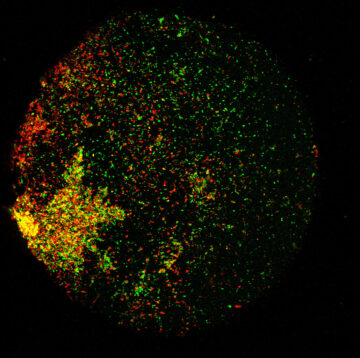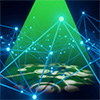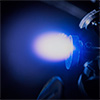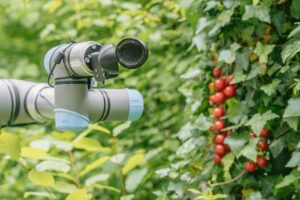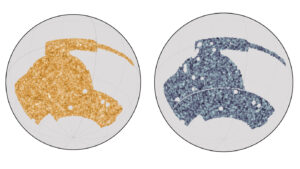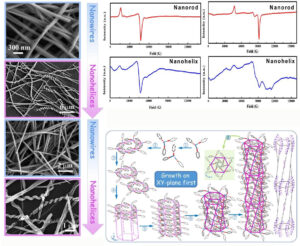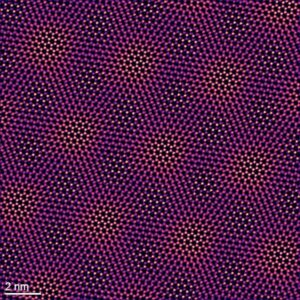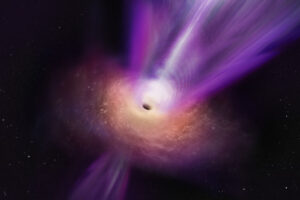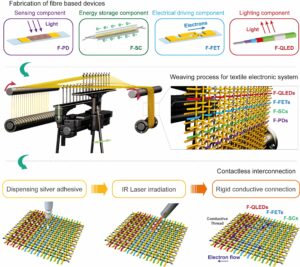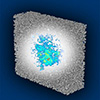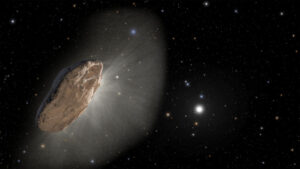| Jan 17, 2024 |
|
(Nanowerk News) Scientists have developed an innovative new device that can harness energy from raindrops and wind, converting it into usable electricity to power electronics. This technology, described in a paper published in ACS Sustainable Chemistry & Engineering ("Multisource Energy Harvester on Textile and Plants for Clean Energy Generation from Wind and Rainwater Droplets"), offers a sustainable way to generate power from renewable ambient sources. It could help enable self-powered networks of sensors, data transmitters and other electronic components needed for the Internet of Things (IoT).
|
|
Researchers are exploring various approaches to harvesting ambient energy from sunlight, vibrations, heat differentials and other sources. However, most have focused on single energy types that are not continuously available. The new study demonstrates an integrated system that combines a raindrop energy harvester with a wind energy harvester for more reliable power generation.
|
|
“We urgently need distributed, clean and sustainable energy solutions to power the sensor networks needed for smart infrastructure and environmental monitoring,” said lead researcher Ravinder Dahiya of Northeastern University. “The leaf-inspired devices we have developed can effectively harness the energy in wind and raindrops to generate usable electricity anywhere. With further development, artificial trees utilizing this technology could be deployed to passively produce renewable power.”
|
|
The new system uses a specialized nanogenerator with one layer designed to capture the energy of falling raindrops and another to harness wind power. Both layers are constructed from sustainable textile materials treated with advanced nanocoatings to enhance electrical outputs.
|
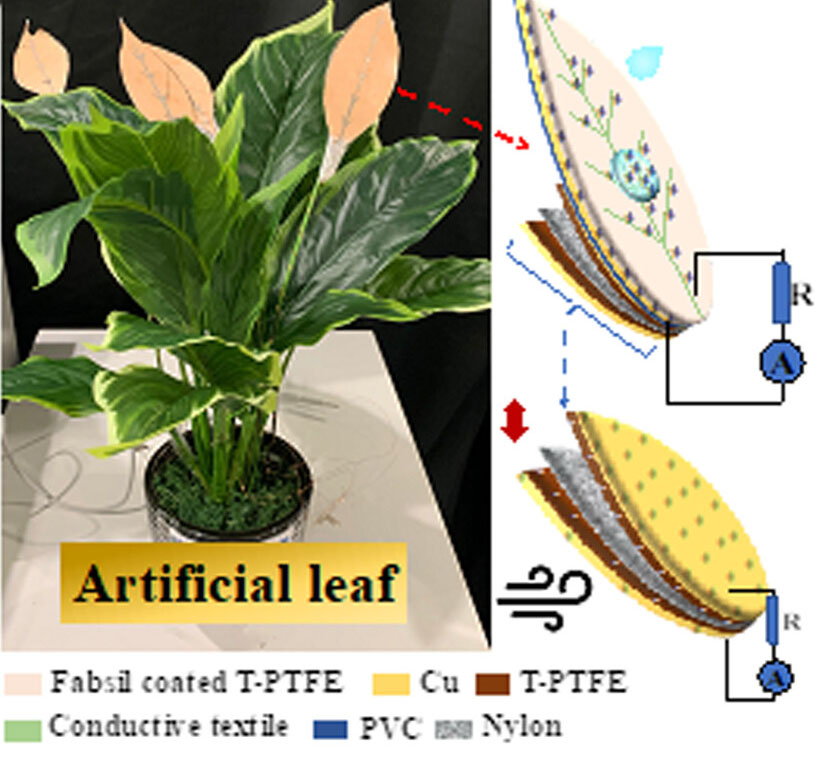 |
| Schematic image of artificial leaf-shaped multisource energy generator. (© ACS)
|
|
The droplet energy harvesting functionality works via a mechanism called the triboelectric effect combined with a self-restoring hydrophobic surface coating. Essentially, the kinetic energy of falling droplets causes positive and negative charges to form on separate electrodes. The water-repelling coating makes the droplets spread out and contract cyclically on impact, shuttling electrons back and forth to generate current.
|
|
The wind harvesting layer operates by a similar principle, but charges are generated by contact electrification between two textile layers as air currents cause them to repeatedly touch and separate. Integrating the two nanogenerators allows the device to passively produce electricity from whatever ambient mechanical energy is available at a given time.
|
|
In testing, the hybrid textile nanogenerators produced voltage spikes over 100V from simulated raindrops, along with sustained outputs over 10V from light winds. This was enough power to light up arrays of LEDs and charge energy storage capacitors. The researchers also developed an analytical model to optimize design parameters such as droplet size, impact velocity, contact pressure and surface textures.
|
|
“The presented leaf-shaped harvesters effectively integrate triboelectric and droplet-based electricity generation mechanisms to scavenge multiple ambient energies,” stated Dr. Dahiya. “Both the modeled and measured outputs indicate they could reliably power sensors, data transmission circuits and other electronics needing up to tens of microwatts.”
|
|
Significantly, all active materials are sustainable, biodegradable textiles and nanostructured coatings. In contrast with lithium batteries, there are no toxic components to dispose of. This makes the technology especially promising for distributed generator networks in environments where maintaining infrastructure is difficult.
|
|
The authors envision enhancements such as hydrophobicity-optimized “power leaves” that could be incorporated into artificial plants and deployed anywhere for continuous passive generation of useful electricity. Arrays of such plants could for instance provide trickle charging to keep battery-powered IoT devices perpetually operational.
More broadly, this study demonstrates how applied nanoscience can create self-powered systems that solve pressing problems. It shows that materials and devices can do far more than passively behave—they can actively transform ambient energy into precisely what is needed, all without external power. Such technologies point the way toward smarter, more adaptive and more sustainable infrastructure for meeting future challenges.
|
- SEO Powered Content & PR Distribution. Get Amplified Today.
- PlatoData.Network Vertical Generative Ai. Empower Yourself. Access Here.
- PlatoAiStream. Web3 Intelligence. Knowledge Amplified. Access Here.
- PlatoESG. Carbon, CleanTech, Energy, Environment, Solar, Waste Management. Access Here.
- PlatoHealth. Biotech and Clinical Trials Intelligence. Access Here.
- Source: https://www.nanowerk.com/nanotechnology-news3/newsid=64436.php



